The Hornbill Festival is a celebration of the rich cultural heritage of Nagaland. This year marks the 25th anniversary of this magnificent event, which has become a symbol of unity and pride for the Naga people.
The Hornbill Festival was first established in 2000 by the Government of Nagaland to promote and showcase the diverse tribal traditions of the state. Named after the majestic hornbill bird, which holds great significance in Naga culture, the festival aims to preserve and celebrate the unique customs, art, music, and cuisine of the various Naga tribes.
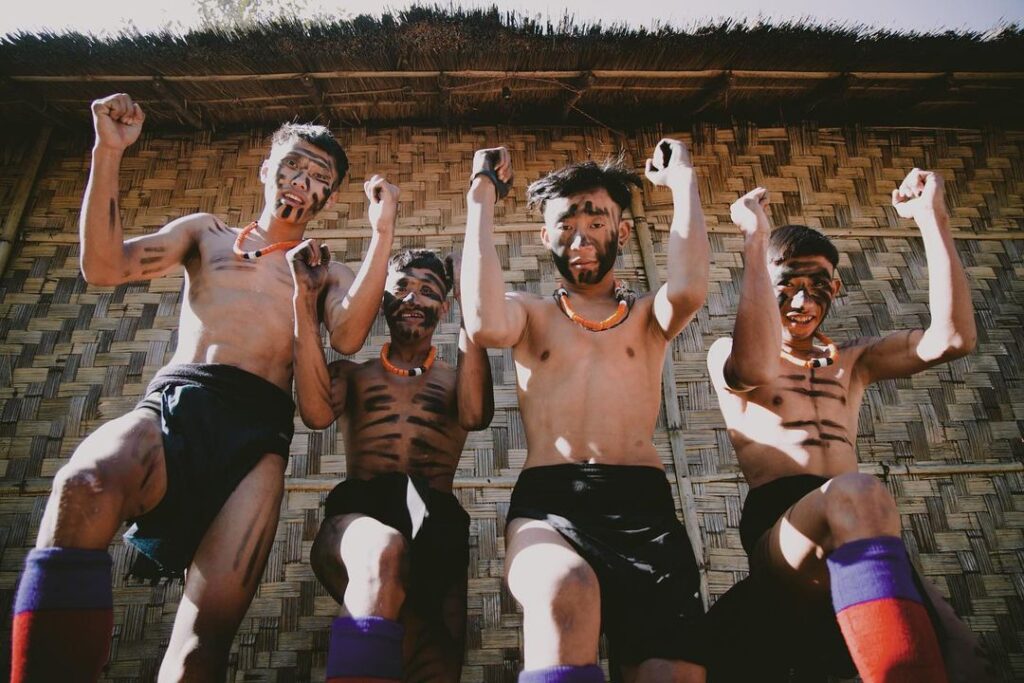
Visitors to the Hornbill Festival can expect a truly immersive experience, as the event brings together all 16 recognized tribes of Nagaland. The festival grounds, located at the Naga Heritage Village in Kisama, come alive with vibrant displays of traditional attire, intricate handicrafts, and captivating performances.
One of the highlights of the festival is the morungs, which are traditional Naga huts that represent each tribe. These beautifully decorated huts serve as a window into the daily life and customs of the Naga people. Visitors can explore the morungs, interact with the friendly locals, and gain a deeper understanding of their rich cultural heritage.
The tribal performances are another must-see attraction at the Hornbill Festival. Each day, different tribes take to the stage to showcase their unique dances, music, and folklore. From the energetic war dances of the Konyak tribe to the graceful movements of the Ao tribe’s Moatsu dance, these performances are a testament to the diversity and talent of the Naga people.
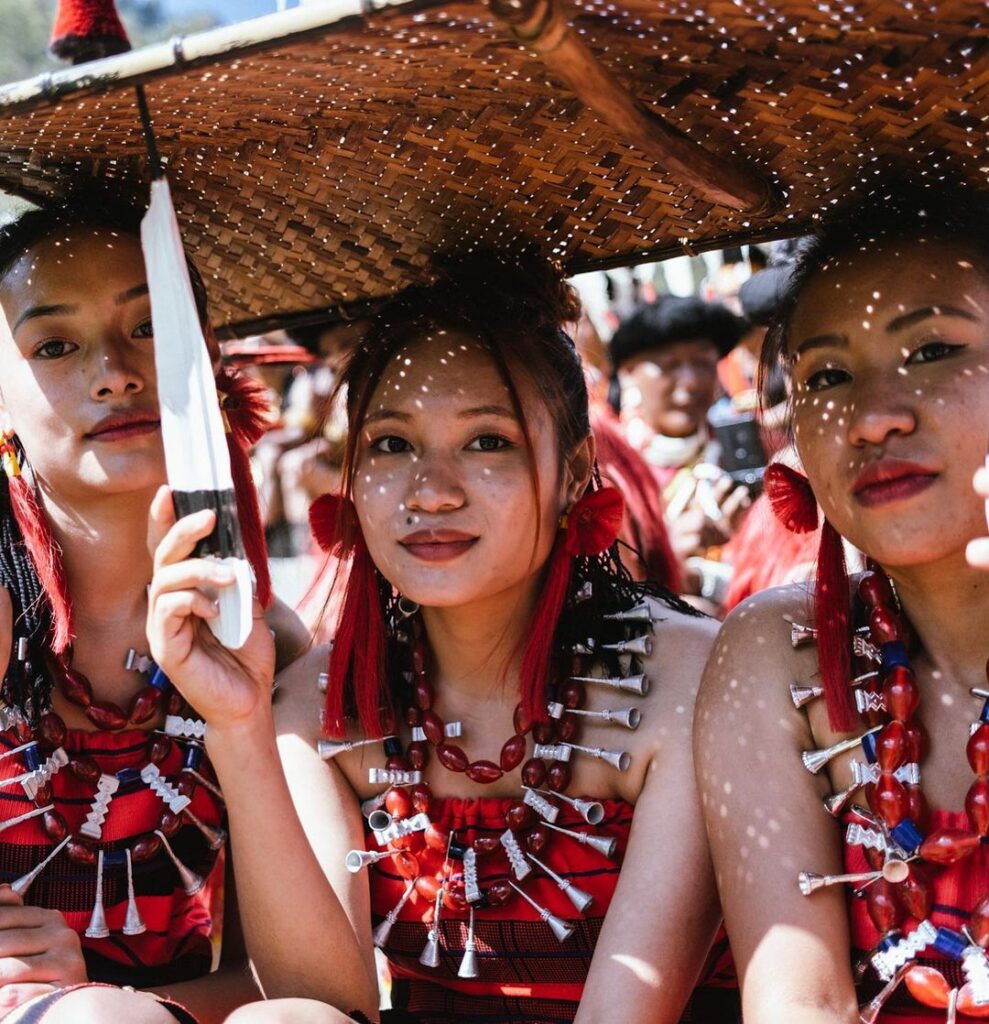
Food lovers will be in for a treat at the Hornbill Festival, as the event features a wide array of traditional Naga dishes. Visitors can savor delicacies such as smoked pork, bamboo shoot pickles, and the famous Naga chili, known for its fiery heat. The festival also hosts a number of food stalls and cooking demonstrations, allowing visitors to learn about the culinary traditions of the Naga tribes.
Luxury tented camps pop up around the festival grounds, offering visitors a chance to stay in ultra comfort and style while being close to the action. These camps provide a unique opportunity to wake up amidst the lush green hills of Nagaland and enjoy the festival at a leisurely pace.
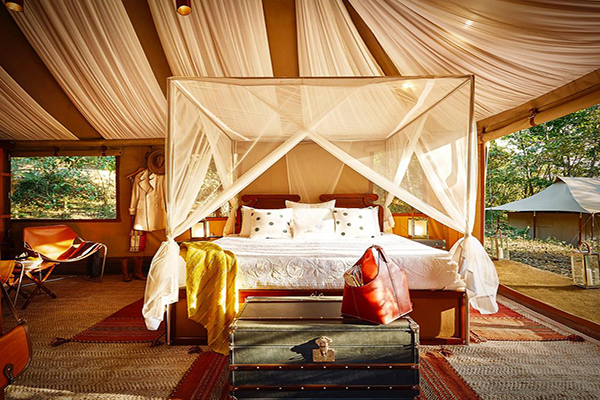
Beyond the festival itself, visitors can explore the beautiful surroundings of Kohima, the capital city of Nagaland. The Kohima War Cemetery is a poignant reminder of the city’s role in World War II, while the Nagaland State Museum offers a fascinating glimpse into the history and culture of the Naga people. Nature lovers can also venture into the nearby Dzukou Valley, a stunning landscape of rolling hills, pristine streams, and vibrant wildflowers.
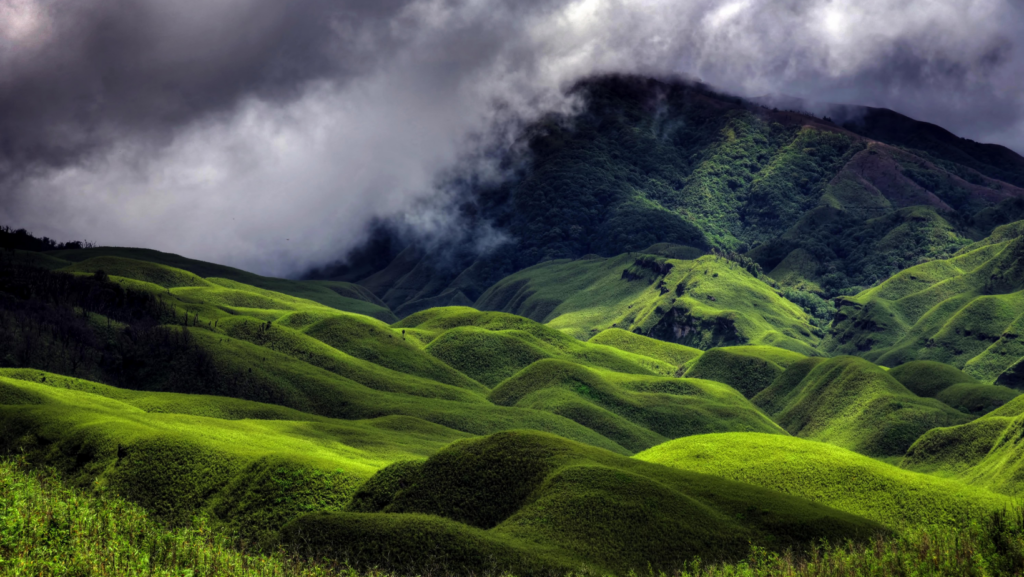
As the Hornbill Festival celebrates its 25th anniversary, it stands as a testament to the resilience, creativity, and unity of the Naga people. This annual celebration not only showcases the rich cultural tapestry of Nagaland but also fosters a sense of pride and belonging among the tribes. For travelers seeking an authentic and unforgettable cultural experience, the Hornbill Festival is an absolute must-visit.
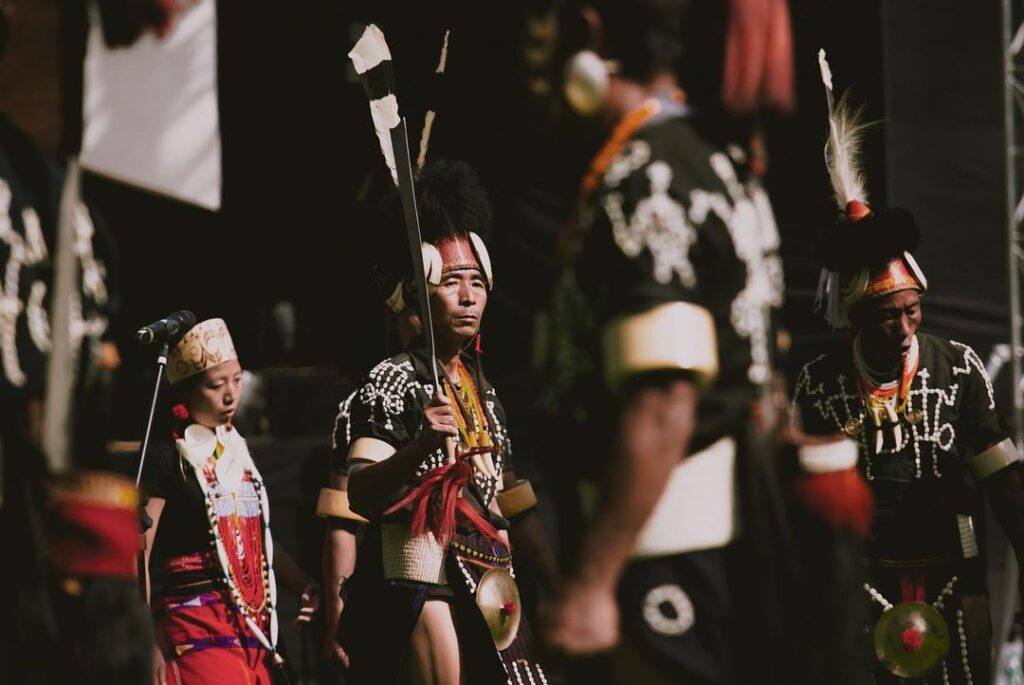
Get in touch with us to organise a visit to this spectacular festival.
Images c/o @hornbillfestivalofficial

